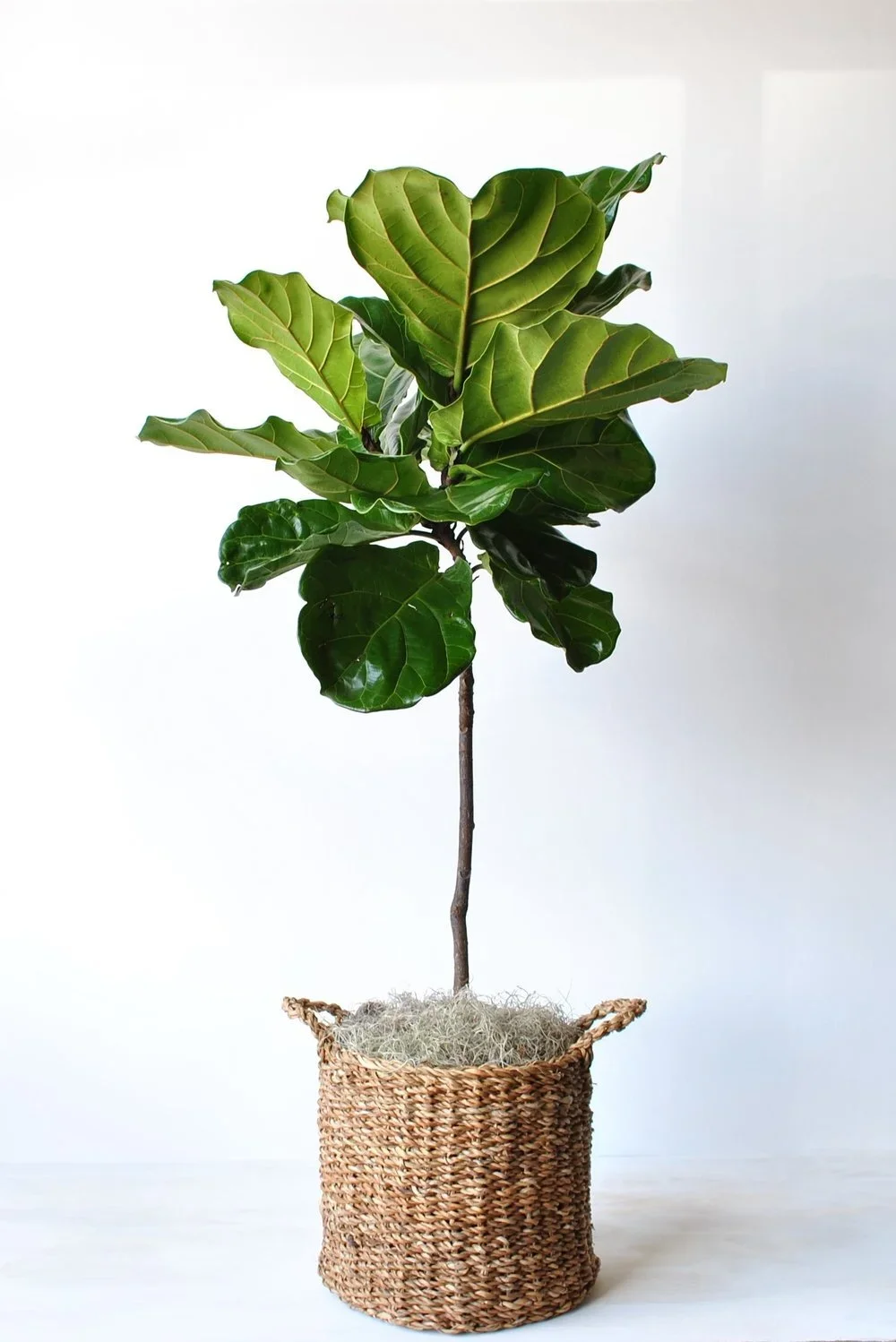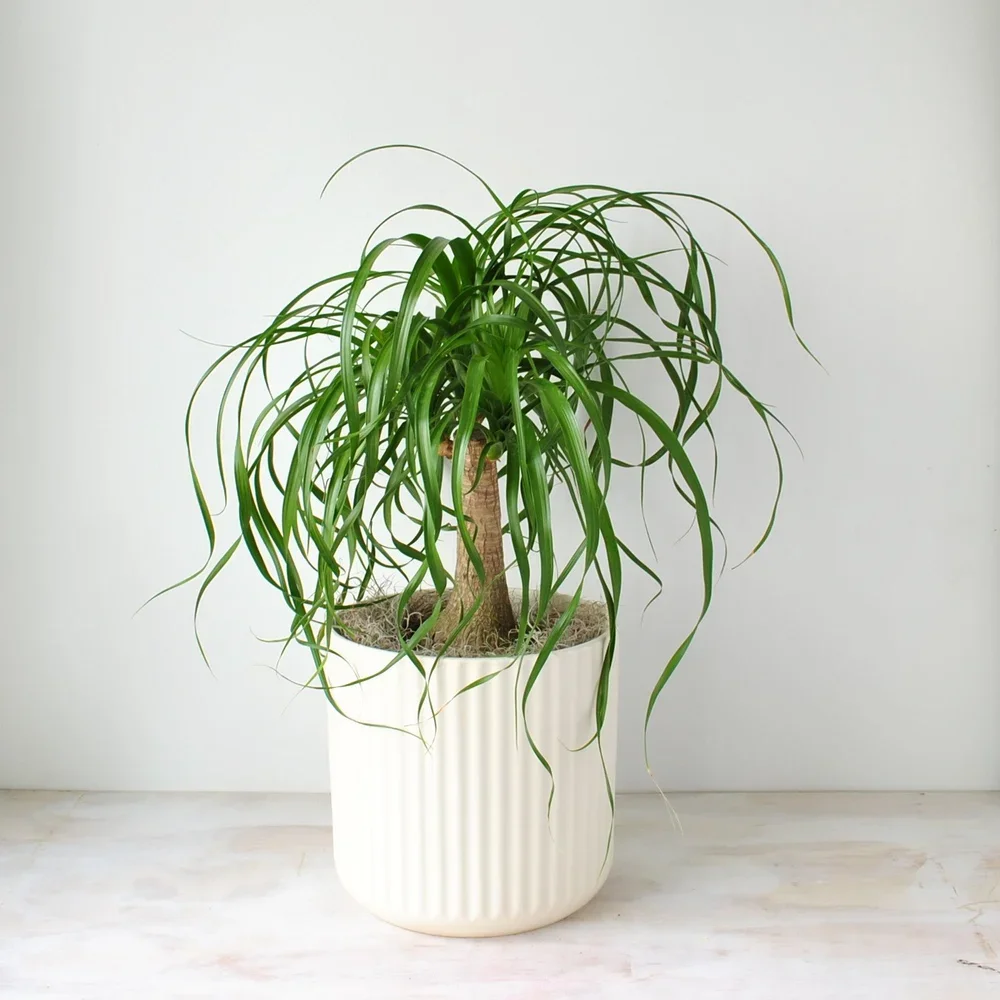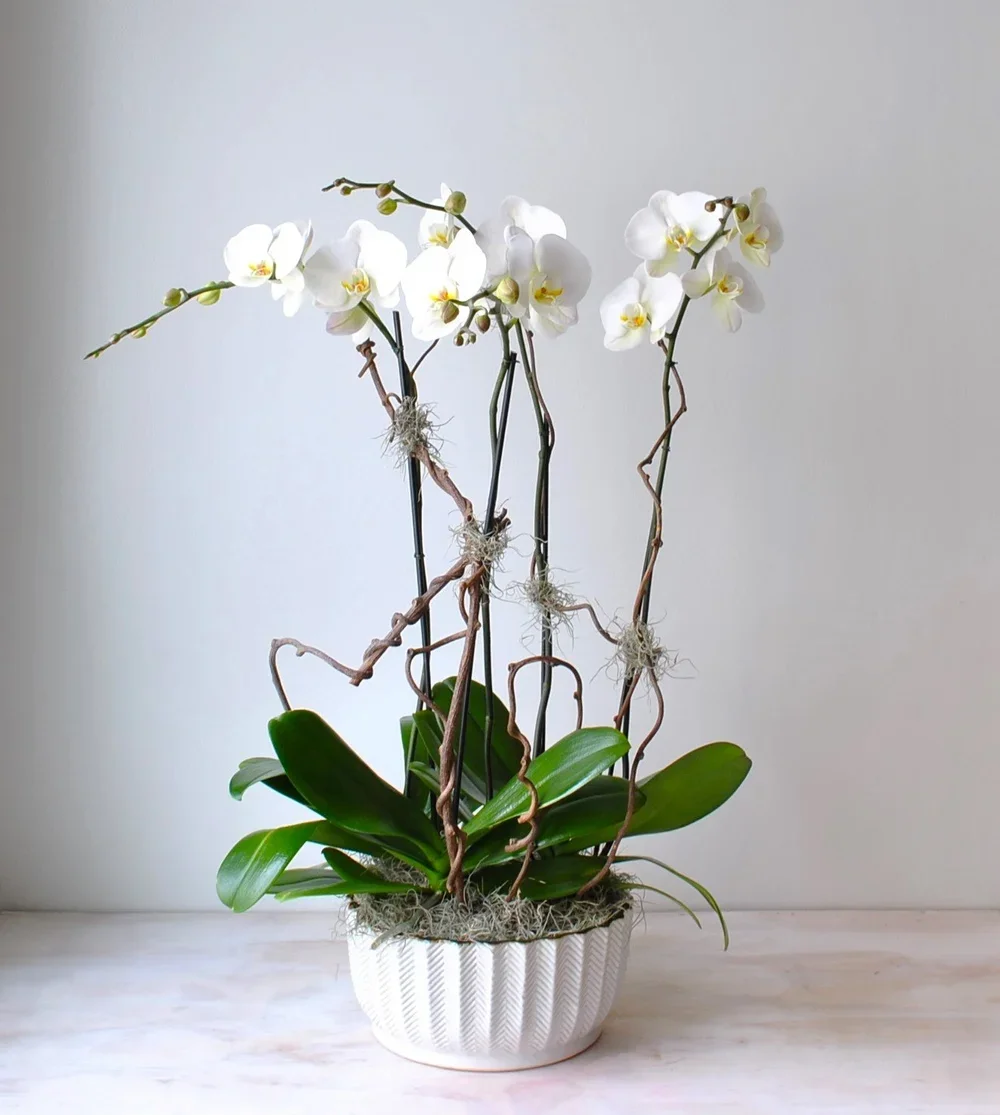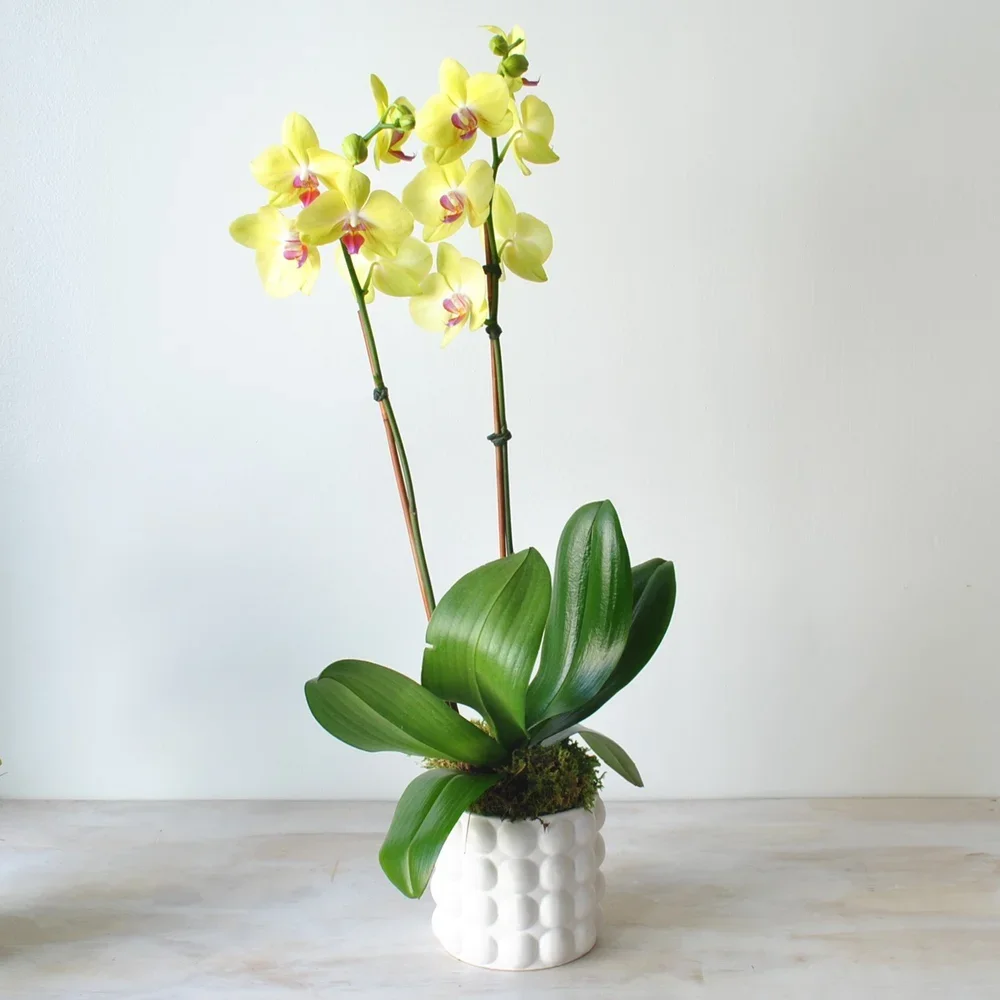Enjoy this quick read from Thursd!. on the dracaena marginata!
Intrepid foliage with versatile design potential. Meet the eye-catching, low-maintenance indoor plant - Dracaena marginata.
By: THURSD. | 23-07-2025
The Dracaena marginata is well-known as a visually impactful, low-maintenance plant that introduces character and interest into any interior space. This remarkable tree, often referred to as the 'dragon plant tree', features slender, cane-like trunks supporting arching leaves. Each leaf is edged with subtle red margins that set it apart from more common greenery. Its adaptability to a variety of light conditions makes it suitable for numerous indoor scenarios, from compact apartments to spacious offices. Want to know more? Keep reading to unleash your curiosity.
The Appeal of Dracaena Marginata That Catches Anyone's Attention Quickly
The Dracaena marginata, also known as the dragon plant tree, is a popular indoor plant known for its slender, upright form and narrow, arching leaves edged in deep red or burgundy. Native to Madagascar, it’s appreciated for its sculptural appearance and ability to thrive indoors with relatively little care. Its combination of looks and easy maintenance makes it a favorite choice for homes and offices alike.
This plant's steady growth and longevity make it a familiar, lasting presence indoors. Its predictable care routine helps beginners build confidence in maintaining healthy greenery. Whether you’re just starting out or expanding an established collection, this plant can serve as a stable anchor, offering a sense of continuity as your indoor gardening skills grow.
Unlike more demanding houseplants, the dragon tree doesn’t require constant attention. Its care is simple: occasional watering, good light, and periodic feeding, but you'll be able to learn more about its care handles in detail further. Even though it’s low maintenance, it still rewards consistent routines with healthy, upright growth and foliage. For anyone intimidated by complex plant care, this species offers a reassuring balance of resilience and beauty.
Beyond its ease of care, Dracaena marginata adds a visual character to any space. Its slender trunk and vertical lines naturally draw the eye upward, helping rooms feel taller and more open. The plant’s gentle movement — as its long leaves respond to air currents — adds a dynamic quality to interiors that static objects can’t achieve. Set against neutral tones for contrast or used as a focal point in more colorful rooms, it adapts to a wide range of styles. Its clean, architectural form complements both traditional and modern spaces, making it a flexible design element that works almost anywhere.
Dracaena Marginata as a Symbol of Good Fortune in Feng Shui
Beyond the decorative aspects, some consider this plant to represent good fortune within feng shui practice. While the scientific basis might be subjective, many find comfort in the notion that certain plants can influence how energy moves in a space. Positioning a dragon plant tree thoughtfully—perhaps near entryways or communal areas—might symbolically encourage a flow of positive outcomes.
Even if you don’t fully subscribe to these ideas, the presence of a healthy plant can help create a more welcoming environment. The mere act of caring for it, ensuring it receives sufficient indirect light, balanced moisture, and occasional feeding, can be seen as a ritual that adds stability to your routine. In this way, it is not only an object but a visual reminder of the harmony that can be achieved through mindful arrangement.
An Effective Indoor Air Purifier
In addition to being visually engaging, the Dracaena marginata is valued for its air-purifying qualities. While it won’t single-handedly solve major indoor pollution issues, research suggests that certain plants, including dragon trees, can help reduce common airborne compounds. Placing one in a room where you spend substantial time may contribute to a fresher environment.
As you incorporate an effective indoor air purifier like the Dracaena marginata, you might find subtler benefits. Perhaps you sleep better in a bedroom with a bit of greenery, or you feel more at ease in a home office softened by natural elements. Over time, these incremental gains can add to your overall sense of comfort. When paired with a few other plants that share similar care requirements, you create a small network of living filters working silently alongside you. Check out Air So Pure to know more about Dracaena and its air-purifying benefits, as well as more characteristics you should know about.































